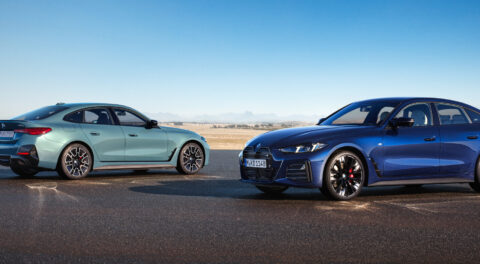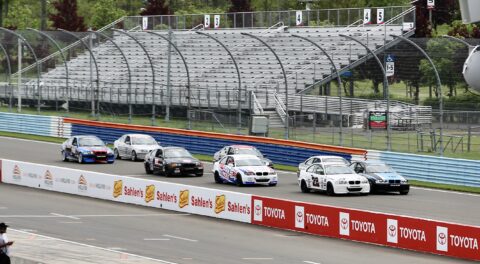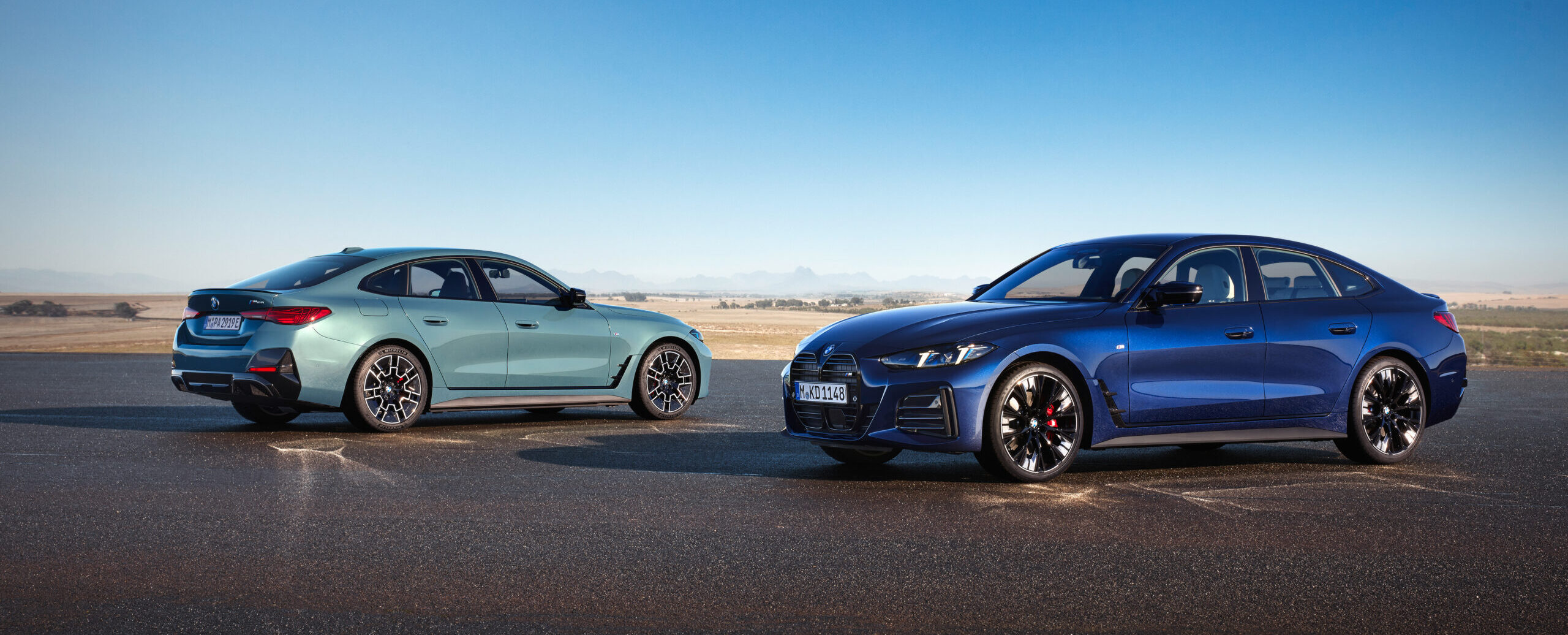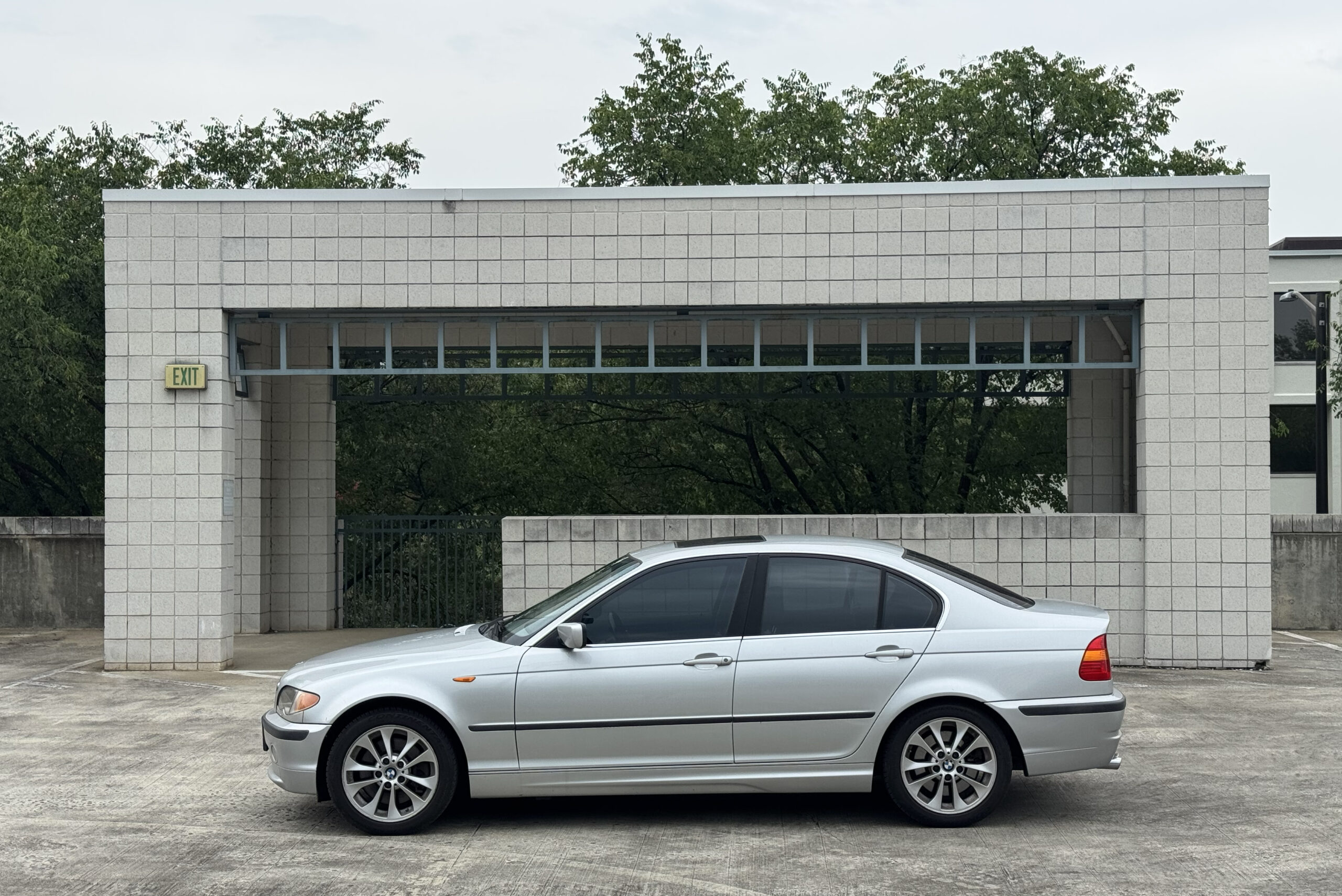If you’re in the market for the two most powerful production BMWs ever made, your stable needs an M8 Competition and an S1000RR.
A recent video by CarExpert put BMW’s two range-topping performance machines to the test, collecting data from a drag race, quarter mile sprint, and braking exercise.
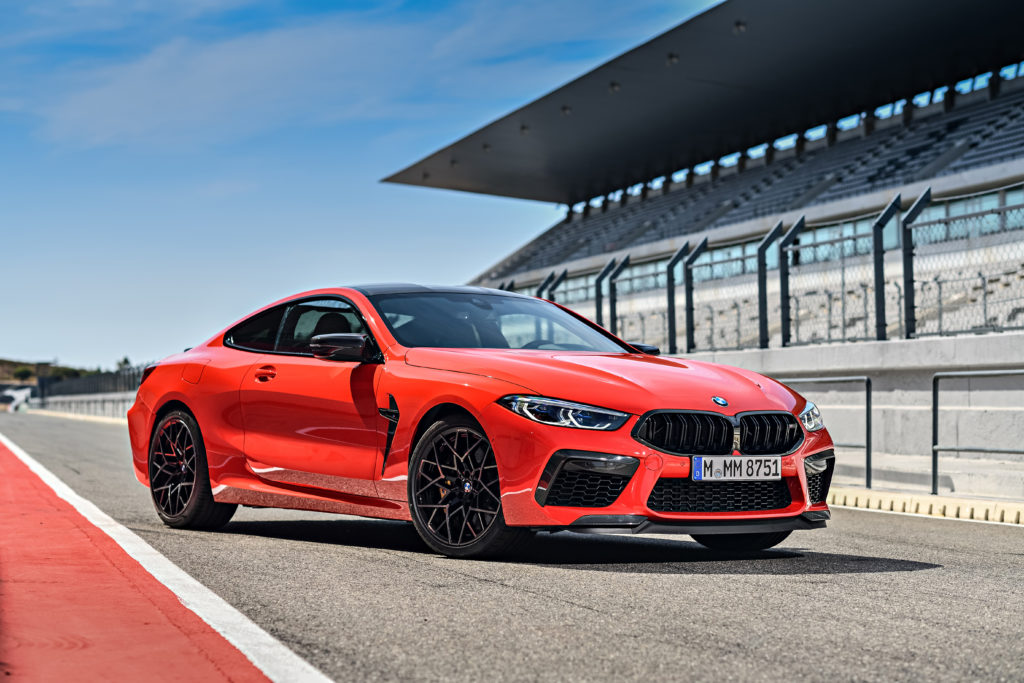
Before testing some of BMW’s fastest on the track, the team at CarExpert took some time to review the sights, sounds, and specs of each Munich monster, starting with the impressive power-to-weight ratios. The M8 Competition Coupe, as we know, is no slouch—the twin-turbocharged 4.4 liter S63 V8 makes a tremendous 617 horsepower and 553 pound-feet of torque. Though it shares the same powerplant, eight-speed automatic ZF transmission, M xDrive all-wheel drive system, and more as the F90 M5 Competition, the M8 Competition’s slightly lower center of gravity and 75 pound weight difference is good for a three-second 0-60 time (according to BMW), beating the M5 in a race. With some power-to-weight calculations, that means the M8 is pushing an estimated 327 horsepower per tonne.
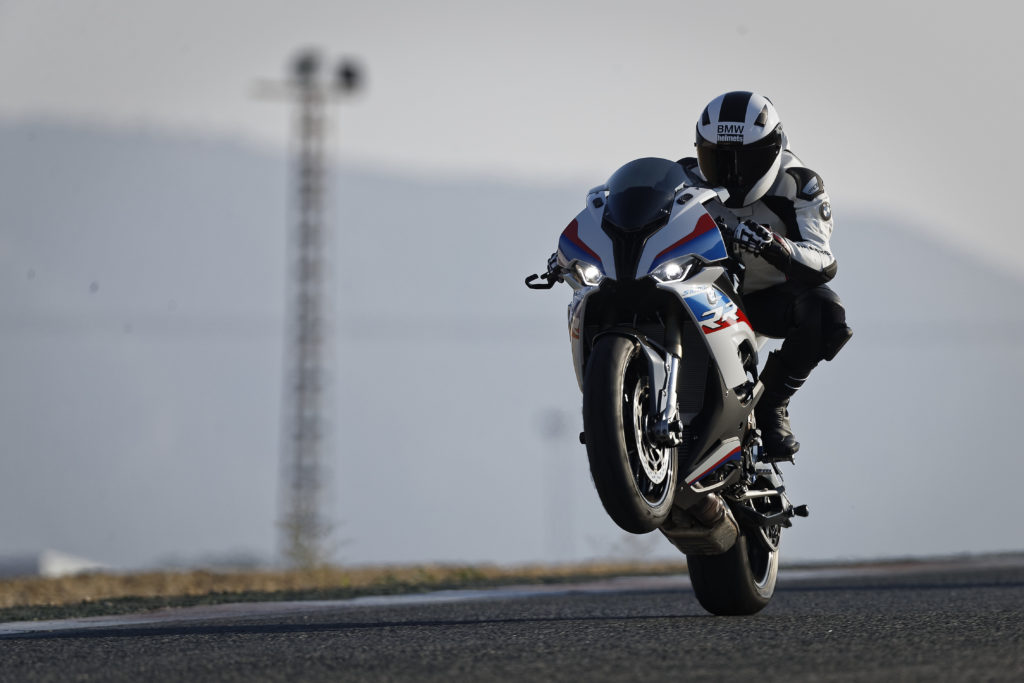
For bike enthusiasts, the BMW S1000RR is a two-wheeled treasure well-known for its performance prowess and ability to challenge other superbikes in its class, such as the Ducati Paginale V4R and Aprilia RSV4 Factory. With a 999cc four-cylinder and a six-speed gearbox delivering 204 horsepower and 83 pound-feet of torque, the high-revving S1000RR delivers roughly 1,052.7 horsepower per tonne—a higher power-to-weight ratio than a plethora of high-achieving exotic supercars, such as the Mclaren P1 or Hennessey Venom GT. In other words, it’s insane.
But how did both beasts hold up on a damp track?
Starting with the M8’s race against itself, the Competition coupe’s best numbers were 11.2 seconds in the quarter mile and 3.4 seconds for its zero-to-62 mph time. Granted, the track was wet, but launch control was still active, shifting severity set to S3, and all other adjustable features set to their max performance settings.
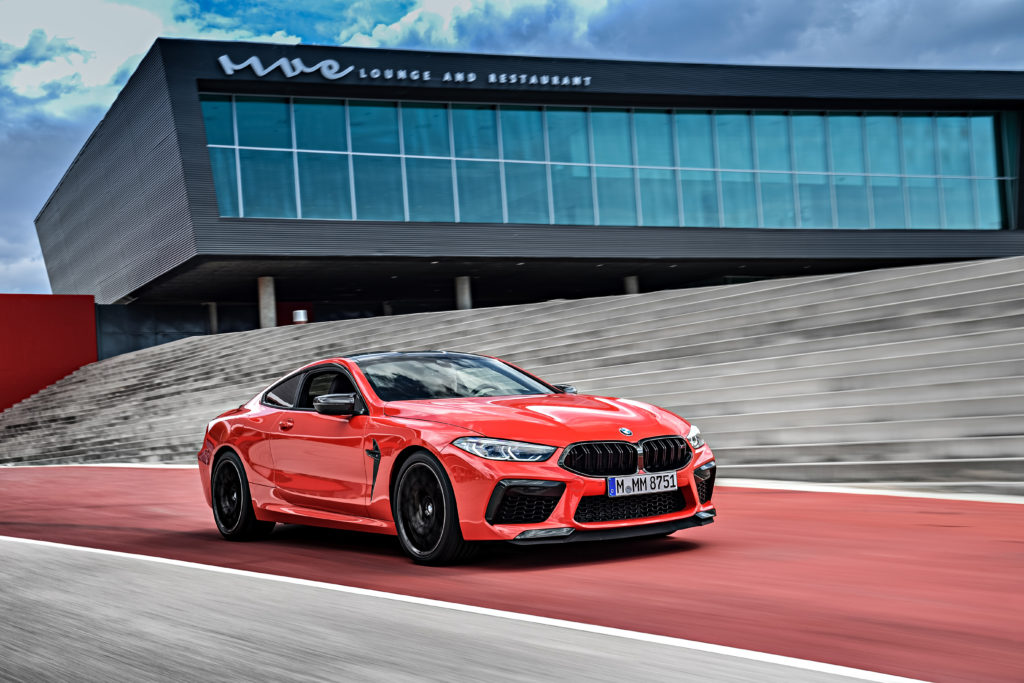
With launch control active and the M xDrive all-wheel-drive system working in the M8’s favor during the drag race, the two-door performance coupe unsurprisingly had the advantage off the start, given the damp conditions of the drag strip. The S1000RR’s extreme power-to-weight ratio inhibited its traction off the line, leaving it in a wheelie halfway down the straight, until it eventually hooked up and left the M8 in its wake. Though it was the overall winner, winning two of the three races, the one loss was likely due to the bike’s temperamental relationship with traction and launch control at the start. While the SS1000RR was slower to reach the 60 mph and 100 mph benchmarks than the M8, that 14,600 rpm redline made up for lost time, allowing the superbike to reach a higher terminal velocity of around 140 mph.
For the braking test, the combination of the M8’s electrically-actuated pedal and massive brakes at all four corners made for an easy win. The M8 reigned victorious in the braking tests, coming to a halt from 62 mph roughly 0.7 seconds and 20 feet before the superbike.
It’s comparisons like these that make being a BMW enthusiast easy. Whether you’re a four-wheel racer or two-wheel lover, there’s a range-topping performance machine waiting for you at BMW, and you can’t go wrong with either one.—Malia Murphy
[Photos courtesy BMW AG.]


